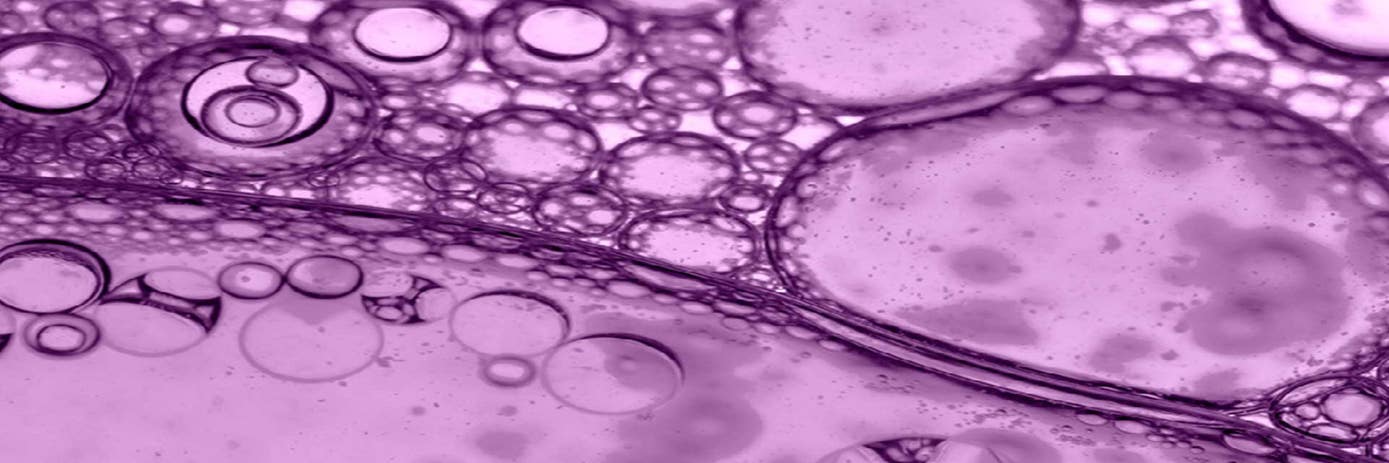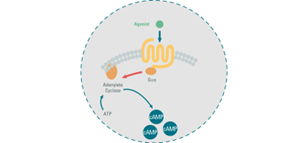
G-protein-coupled receptors (GPCRs) mediate most of our physiological responses to hormones, neurotransmitters, and environmental stimulants, and so have great potential as therapeutic targets for a broad spectrum of diseases.
The structure and function of G-protein-coupled receptors – Daniel M. Rosenbaum, Søren G. F. Rasmussen, and Brian K. Kobilka
Are you focusing on Gαs protein and its involvement in cell signaling?
Gαs is implicated in the production of cAMP. This is because the positive stimulation of Gαs results in an activation of adenylate cyclase, which in turn causes an increase in cellular cyclic adenosine 3’,5’-monophosphate (cAMP) in cytoplasm. On the other hand, an antagonist will cause an inhibition of adenylate cyclase and therefore a decrease in cAMP in the cytoplasm.

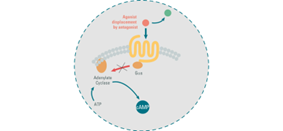
Gαs protein role in the presence of an agonist and antagonist
The cAMP assays developed by our experts enable a direct quantitative determination of cAMP. With these kits (cAMP Gs Dynamic
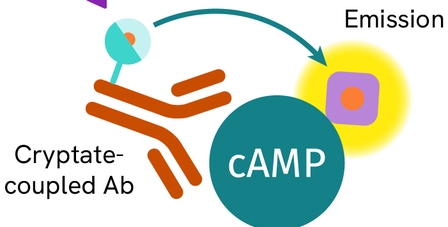 HTRF cAMP Gs Dynamic Detection Kit, 1,000 Assay Points
Discover
and cAMP Gs HiRange
HTRF cAMP Gs Dynamic Detection Kit, 1,000 Assay Points
Discover
and cAMP Gs HiRange
 HTRF cAMP Gs HiRange Detection Kit, 1,000 Assay Points
Discover
), you can study the characteristics of Gαs agonists and antagonists.
HTRF cAMP Gs HiRange Detection Kit, 1,000 Assay Points
Discover
), you can study the characteristics of Gαs agonists and antagonists.
Before optimizing the assay protocol, you must carefully manage your cell preparation.
Choose the suitable stimulation buffer
A stimulation buffer is provided in each kit, and we recommend using it for stimulations lasting less than 2h. If you do stimulations for longer than 2h, we recommend the use of cell culture medium (e.g. RPMI or DMEM). This will limit the stress induced in the cells, and we emphasize the importance of not leaving your cells in the kit’s stimulation buffer for these longer stimulation times.
Tips: Don’t forget to add IBMX, a non-specific inhibitor of cAMP phosphodiesterase. It will guarantee an accumulation of cAMP by preventing its degradation.
Which approach to determine the best stimulation time
Stimulation time can significantly impact your results. The graph below is a perfect example. In this experiment the equilibrium was reached after 15 min. Before that time, only a partial response would appear.
If you are working with an agonist of Gαs, a full agonist-receptor equilibrium is necessary to avoid missing patterns. Keep in mind that slow-associating agonists will require longer pre-incubation times.
If you work with an antagonist, you must equilibrate the antagonist. Then, proceed to optimize the agonist stimulation time in the presence of the pre-equilibrated antagonist.
Don’t forget that if you are seeking a rapid answer regarding the antagonistic nature of a compound, you may go ahead with optimizing the agonist stimulation time in the absence of the agonist.
Find a cell density which meets the needs of your test
Cell density is a key point! Obviously, it is cell density optimization which enables you to obtain the best possible results.
Doing an assay with a high cell density seems to be the best idea but be careful as it may mean a dramatic decrease in the assay window. At the other extreme, a low density may not result in enough cAMP production for the assay to record. That’s why you have to test your options…
The preferred optimization method is to assay the concentration-effect of a full agonist over a range of cell densities.
With an optimization of these parameters and a good cell preparation you will obtain the best possible results with the cAMP kits developed by our experts.
Remember that there are other parameters which should be optimized, like the phosphodiesterase inhibitor concentration and constitutive activity.
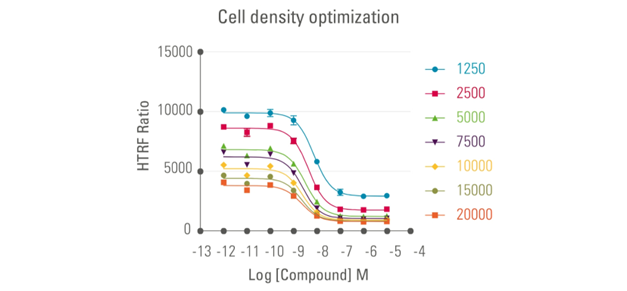
Kinetic of cAMP accumulation according to cell density
For research use only. Not for use in diagnostic procedures
The information provided above is solely for informational and research purposes only. Revvity assumes no liability or responsibility for any injuries, losses, or damages resulting from the use or misuse of the provided information, and Revvity assumes no liability for any outcomes resulting from the use or misuse of any recommendations. The information is provided on an "as is" basis without warranties of any kind. Users are responsible for determining the suitability of any recommendations for the user’s particular research. Any recommendations provided by Revvity should not be considered a substitute for a user’s own professional judgment.





























